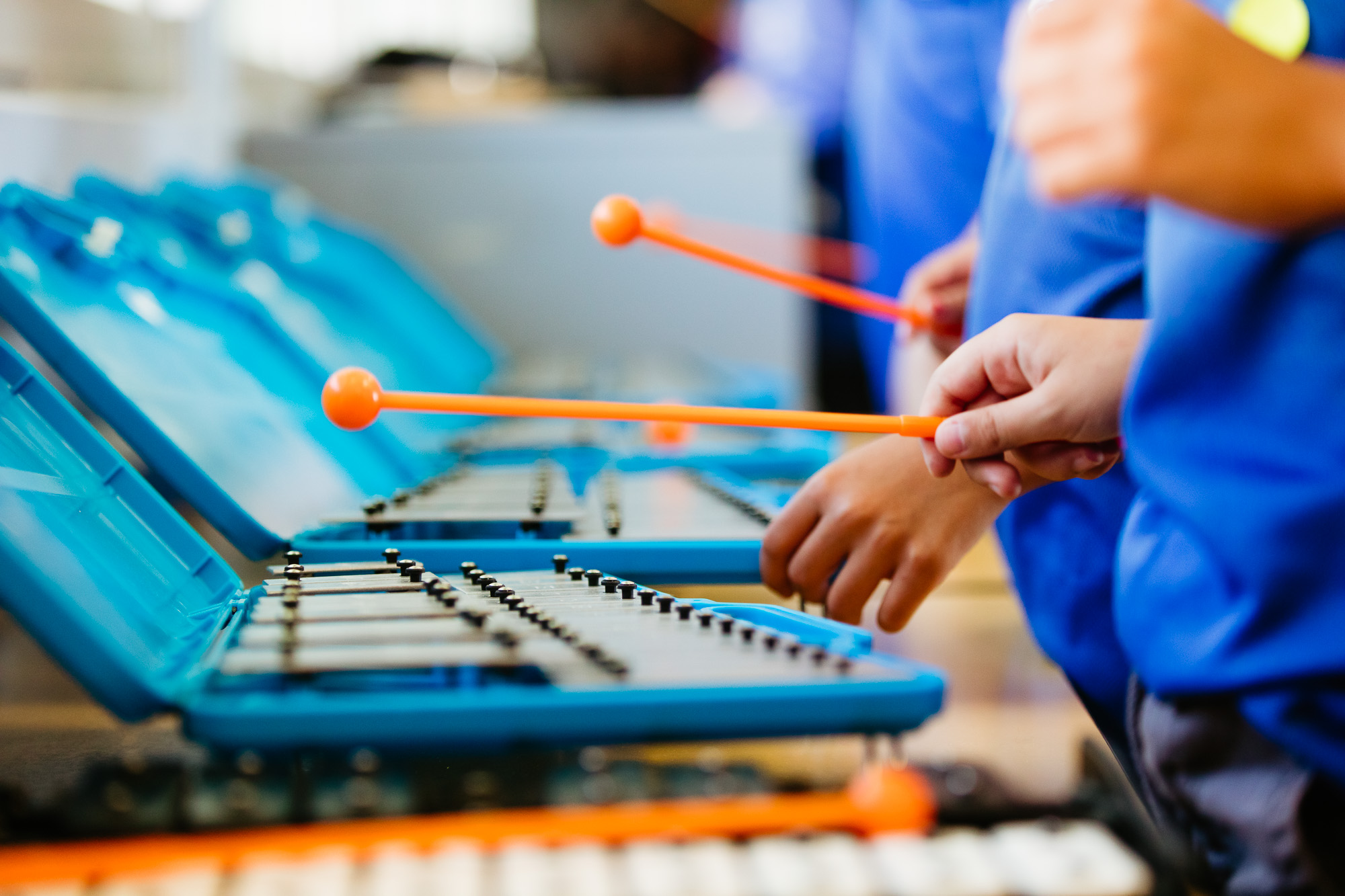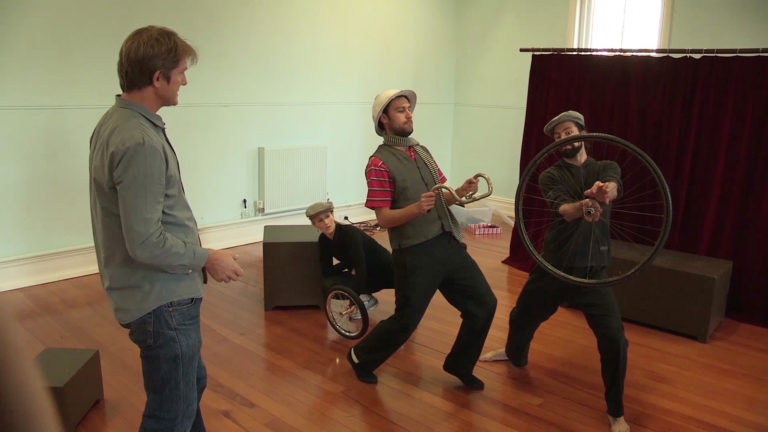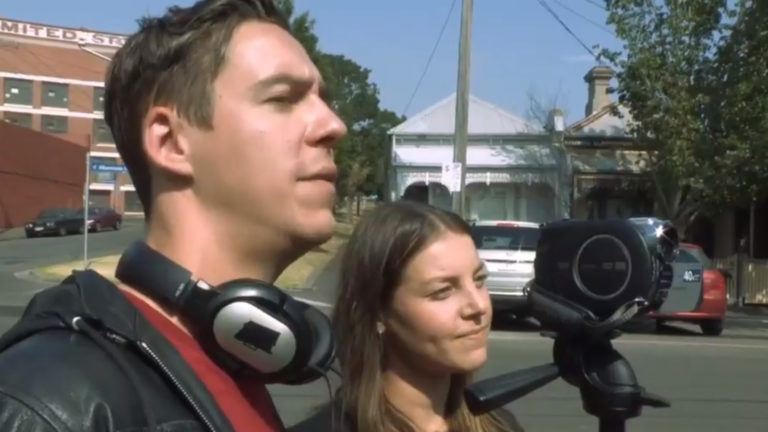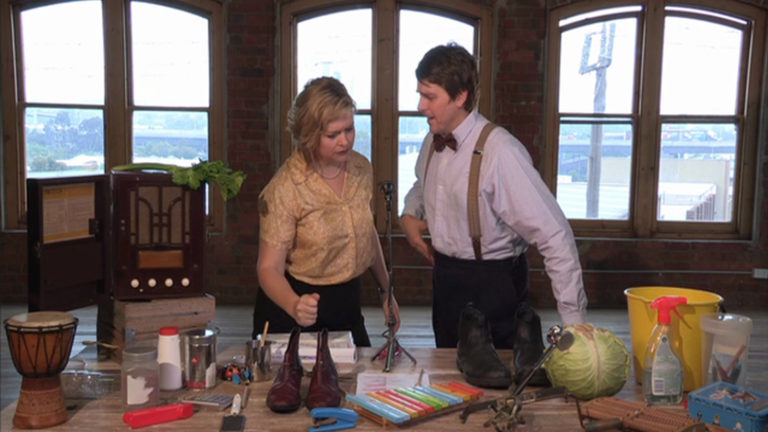The Music Classroom collection is a series of high-quality, practical resources to help primary teachers manage time, plan lessons and set-up their music class for success.
Created with today’s classrooms in mind, it is a teacher resource full of planning and organising tips, lesson ideas and also examples of how music activities and instrument resources can be differentiated across the curriculum. Lessons are designed to stimulate play, inquiry and also develop students’ musical, cognitive and social and emotional skills.
The resources support primary teachers to confidently set-up and confidently deliver curriculum-aligned music education.
The collection has been developed as part of the in The Music in Schools – DUET: Teacher Mentoring Program (DUET), a collaboration between The Song Room and the Victorian Department of Education.
The collection includes the following courses:
What’s that Instrument?
This practical, time-saving resource helps teachers set-up a colourful, dynamic music space and delivery the music lessons with ease. The course includes a reference guide to the most common instruments used in the Primary Classroom. It also has organising labels, curriculum stickers, instrument activity cards and a listening guide with music from around the world.
The Outdoor Music Classroom
Music is all around us, and the most beautiful sounds can be found most often in nature. This resource provides teachers with musical ideas inspired by the natural world. Additionally, it has tips and strategies for how to teach music in the outdoor music classroom. Plus, learning in nature has a positive effect on students’ social and emotional learning.
Introducing Rhythm and Beat
Rhythm and beat are probably the two most fundamental building blocks of music, and yet they are also often the elements of music most difficult to teach, and confusing for students to differentiate between. Develop students understanding of beat and rhythm as well as the different roles that these concepts play in music. You will find fun and engaging games and activities to explore both concepts with ease.
Introducing Formative Assessment
Introducing Formative Assessment includes rubrics, assessment templates and exit tickets to encourage students to take an active part in their learning. Teachers will save time sourcing and creating formative assessment tasks and will set themselves up for stress-free assessment of the Music curriculum.




